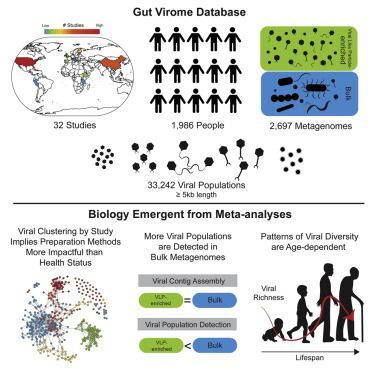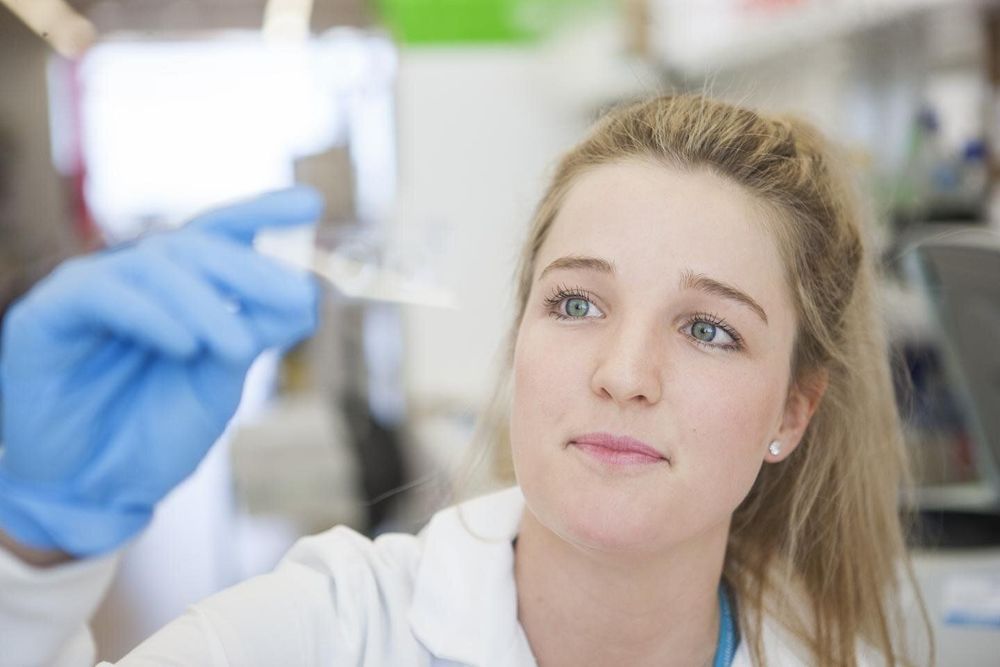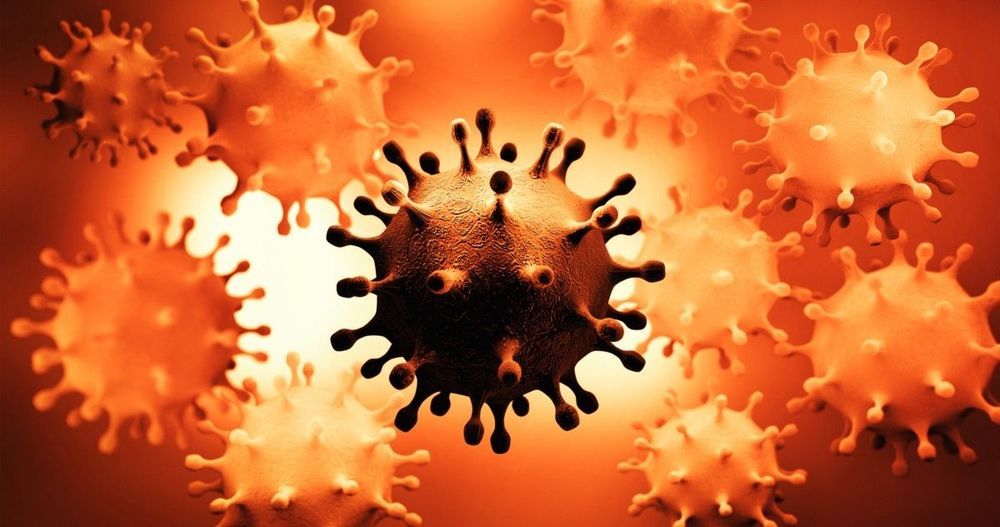Medical experts say coronavirus COVID-19 and Ebola outbreaks show that robotic medicine can help fight infectious disease, but the goal needs to be applications in everyday health care.


As the coronavirus spreads around the world, the urgency of being able to scale up a vaccine is even more critical.
Delays in production can occur at any point in time, from timely receipt and testing of raw materials, to characterization of the drug substance, to quality testing and release.
Automation technologies can help both speed up the manufacturing process and make the process safer and more efficient by reducing manual errors.


At least 32 studies to date have looked at the human gut virome but with limited consistency. Gregory and Zablocki et al. curate and aggregate these data to provide a systematic virome database; use it to assess study biases, global ecological patterns; and show how viromes evolve throughout the human lifespan.
Cardiovascular-related disorders are a significant worldwide health problem. Cardiovascular disease (CVD) is the leading cause of death in developed countries, making up a third of the mortality rate in the US1. Congenital heart defects (CHD) affect ∼1% of all live births2, making it the most common birth defect in humans. Current technologies provide some insight into how these disorders originate but are limited in their ability to provide a complete overview of disease pathogenesis and progression due to their lack of physiological complexity. There is a pressing need to develop more faithful organ-like platforms recapitulating complex in vivo phenotypes to study human development and disease in vitro. Here, we report the most faithful in vitro organoid model of human cardiovascular development to date using human pluripotent stem cells (hPSCs). Our protocol is highly efficient, scalable, shows high reproducibility and is compatible with high-throughput approaches. Furthermore, our hPSC-based heart organoids (hHOs) showed very high similarity to human fetal hearts, both morphologically and in cell-type complexity. hHOs were differentiated using a two-step manipulation of Wnt signaling using chemical inhibitors and growth factors in completely defined media and culture conditions. Organoids were successfully derived from multiple independent hPSCs lines with very similar efficiency. hHOs started beating at ∼6 days, were mostly spherical and grew up to ∼1 mm in diameter by day 15 of differentiation. hHOs developed sophisticated, interconnected internal chambers and confocal analysis for cardiac markers revealed the presence of all major cardiac lineages, including cardiomyocytes (TNNT2+), epicardial cells (WT1+, TJP+), cardiac fibroblasts (THY1+, VIM+), endothelial cells (PECAM1+), and endocardial cells (NFATC1+). Morphologically, hHOs developed well-defined epicardial and adjacent myocardial regions and presented a distinct vascular plexus as well as endocardial-lined microchambers. RNA-seq time-course analysis of hHOs, monolayer differentiated iPSCs and fetal human hearts revealed that hHOs recapitulate human fetal heart tissue development better than previously described differentiation protocols3,4. hHOs allow higher-order interaction of distinct heart tissues for the first time and display biologically relevant physical and topographical 3D cues that closely resemble the human fetal heart. Our model constitutes a powerful novel tool for discovery and translational studies in human cardiac development and disease.
The authors have declared no competing interest.

Antibiotic resistance is a global human health threat, causing routine treatments of bacterial infections to become increasingly difficult. The problem is exacerbated by biofilm formation by bacterial pathogens on the surfaces of indwelling medical and dental devices that facilitate high levels of tolerance to antibiotics. The development of new antibacterial nanostructured surfaces shows excellent prospects for application in medicine as next-generation biomaterials. The physico-mechanical interactions between these nanostructured surfaces and bacteria lead to bacterial killing or prevention of bacterial attachment and subsequent biofilm formation, and thus are promising in circumventing bacterial infections. This Review explores the impact of surface roughness on the nanoscale in preventing bacterial colonization of synthetic materials and categorizes the different mechanisms by which various surface nanopatterns exert the necessary physico-mechanical forces on the bacterial cell membrane that will ultimately result in cell death.

Using the venom from 312 honeybees and bumblebees in Perth Western Australia, Ireland and England, Dr. Ciara Duffy from the Harry Perkins Institute of Medical Research and The University of Western Australia, tested the effect of the venom on the clinical subtypes of breast cancer, including triple-negative breast cancer, which has limited treatment options.
Results published in the prestigious international journal npj Precision Oncology revealed that honeybee venom rapidly destroyed triple-negative breast cancer and HER2-enriched breast cancer cells.
Dr. Duffy said the aim of the research was to investigate the anti-cancer properties of honeybee venom, and a component compound, melittin, on different types of breast cancer cells.

Severe acute respiratory syndrome coronavirus 2 (SARS-CoV-2), causing coronavirus disease 2019 (Covid-19), emerged in December 2019.1 Seroconversion of most patients with Covid-19 occurs between 7 and 14 days after diagnosis.2,3 A study of 61,000 persons in Spain showed that 5% of the population had formed antibodies against the spike and nucleoproteins and that approximately one third of infected persons were asymptomatic.4 It was suggested that a substantial fraction of those infected become antibody-negative early in the convalescence period.5 Several studies have reported a higher prevalence4 and levels3,5 of SARS-CoV-2 antibodies in severely ill patients than in those with no or mild symptoms.
The infection fatality risk of SARS-CoV-2 is difficult to estimate because the total number of diagnosed and undiagnosed cases is needed as the denominator. The infection fatality risk was reported as 0.4% in a small German town after carnival festivities,6 0.6% on the Diamond Princess cruise ship,7 and 0.66% in China.8
Well-validated serologic assays for SARS-CoV-2 are urgently needed. Several small comparative studies of commercial SARS-CoV-2 antibody assays have been published.9–12 A highly specific assay is required for screening populations with a low seroprevalence, such as that in Iceland.

Here’s my latest video!
Germ-free mice (animals don’t have a microbiome) live longer than microbiome-containing mice, but it’s impractical for people to live in a bubble for their entire lifespan. As a more practical approach, which microbiome-derived factors impact lifespan, and can they be modified?
Dietary supplementation with acarbose increases lifespan, and one reason for that may involve reduced circulating levels of glucose, but the other side of that story involves increased gut bacterial production of short chain fatty acids (SCFAs). Whether acarbose will increase lifespan in people is unknown, and with the goal of increasing lifespan, are there other ways to increase SCFAs?